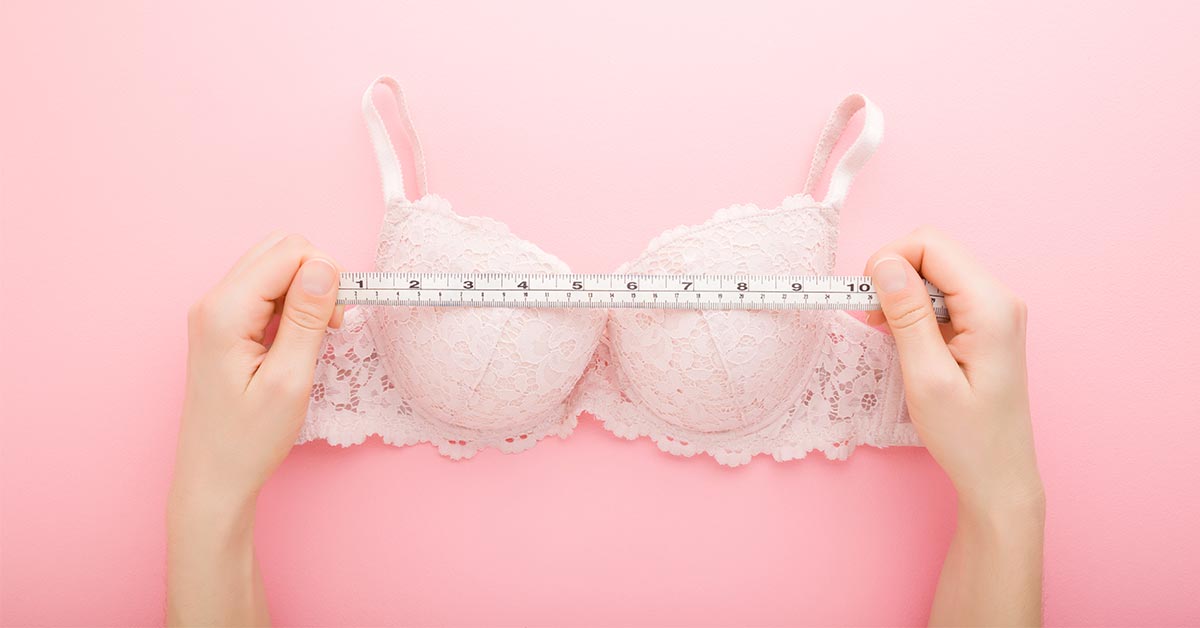If you are contemplating a breast augmentation procedure and dreaming of transforming from an A cup to a D cup, it is essential to be well-informed about the procedure, its safety, as well as consideration for the profile and volume of breast implants.
In this article, we aim to provide information about A cup to D cup breast augmentation, emphasising the importance of informed decision-making.
Understanding Breast Implant Profiles
When it comes to breast augmentation, choosing the right implant profile is crucial for achieving your desired look. The profiles refer to the amount of forward projection the implant provides.
- Low Profile – Offers subtle enhancement and is ideal for a more natural look.
- Medium Profile – Strikes a balance between natural and noticeable projection.
- High Profile – Creates accentuated results.
- Very High Profile – Delivers maximum projection, resulting in a fuller and more pronounced appearance.
Choosing the appropriate profile requires careful consideration of your body’s proportions as well as your aesthetic goals.
Understanding Breast Implant Volumes

Breast implant volumes are measured in cubic centimetres (ccs) and directly influences the cup size. Plastic surgeons often refer to implant sizes in ccs rather than in cups.
Usually, the smallest breast implant size is about 125cc and the largest is 800cc or more. The largest FDA approved implant is only up to 800 cc (either silicone or saline implants).
Here is a rough guide:
Breast Implant Volume | Cup Size Increase |
250 to 300 cc | A cup to B cup |
300 to 350 cc | A cup to C cup |
370 to 430 cc | A cup to D cup |
250 to 300 cc | B cup to C cup |
350 to 400 cc | B cup to D cup |
400 to 450 cc | B cup to DD cup |
300 to 350 cc | C cup to D cup |
370 to 450 cc | C cup to DD cup |
450 to 550 cc | C cup to E cup |
300 to 400 cc | D cup to DD cup |
450 to 600 cc | D cup to E cup |
Choosing The Right Profile And Implant Size For You
Selecting the perfect implant profile for you is a decision that requires expert guidance. Factors such as your body shape, chest width, and skin elasticity play a crucial role. It is advisable to consult with a qualified plastic surgeon who can assess these factors and recommend the most suitable options for you. A personalised consultation ensures that your breast augmentation is tailored to your individual needs, enhancing the chances of achieving your desired results.
Going From A Cup To D Cup Through Breast Augmentation
For those with an active lifestyle, only a slight increase in implant size is usually recommended by doctors. Additionally, individuals choosing implants are typically advised not to exceed two cup sizes higher than the surgeon’s suggestion to minimise potential risks. Having a consultation with your surgeon may help you understand the risks and manage your expectations with regards to your breast augmentation procedure.
If You Are Deciding On Breast Augmentation, You Can Consider Korea, Thailand, or Malaysia
There are many options when it comes to doctors to carry out breast augmentation. With the strength of the Singaporean dollar, you may opt to explore overseas options for your breast augmentation procedure. Aside from Singapore, you may consider countries like Korea, Thailand, and Malaysia – countries that are also known for their reputable medical facilities and skilled surgeons.
Learn more about these options in the article linked below:
Contact Us to Begin Your Transformation
Ready to take the next step towards achieving your dream bust size? Contact us today to book an appointment and start your breast augmentation journey. Our experienced team is dedicated to helping you make informed decisions and providing guidance throughout the process.
Learn More About Breast Augmentation
Protect against cancer, cardiovascular disease, and other chronic diseases with regular health screening. Compare and shop for health screenings from Singapore and regional healthcare providers at a single convenient platform - shop.health365.sg
This article is informative only and is not intended to be a substitute for professional medical advice, diagnosis, or treatment, and should never be relied upon for specific medical advice.







